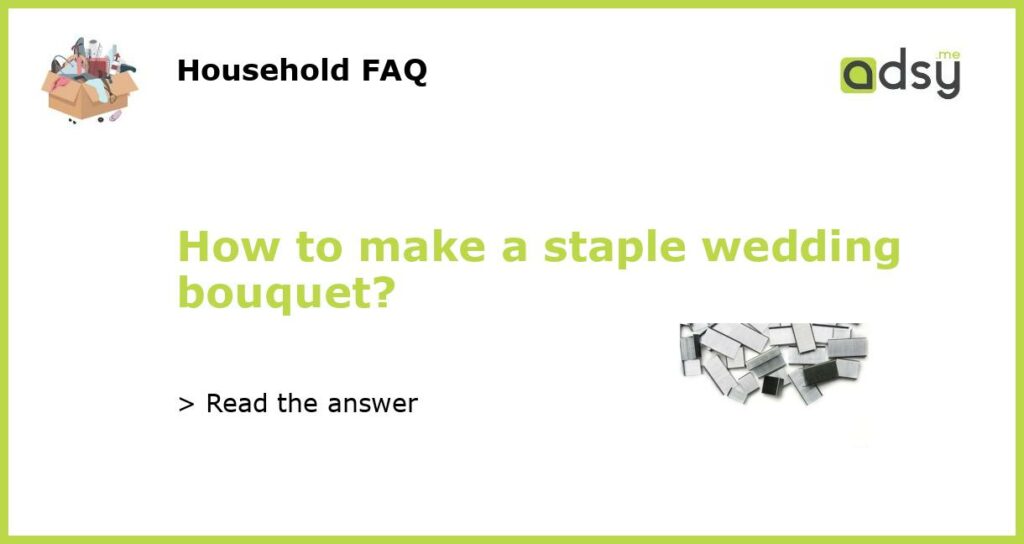Choosing the Perfect Flowers for Your Wedding Bouquet
When it comes to creating a staple wedding bouquet, the first step is to choose the perfect flowers. The flowers you select will not only set the tone for your special day but will also contribute to the overall aesthetic of your bouquet. Start by considering the color scheme and theme of your wedding. Are you going for a romantic, classic look or a more modern and minimalist style? Take inspiration from bridal magazines, wedding blogs, and Pinterest to gather ideas.
Once you have a vision in mind, visit your local florist or flower market to see the different types of flowers available. Popular choices for wedding bouquets include roses, peonies, hydrangeas, lilies, and orchids. Consider the seasonality of the flowers you are interested in, as some blooms may be more readily available and affordable during specific times of the year. Discuss your options with the florist, who can provide expert advice and guidance on which flowers will work best for your bouquet.
Creating a Cohesive Design with Your Bouquet
When making a staple wedding bouquet, it’s important to create a cohesive design that complements your wedding dress, theme, and overall style. To achieve this, consider the shape and size of your bouquet as well as the arrangement of the flowers. Traditional bouquet shapes include round, cascading, and hand-tied. Think about what would best suit your body shape and dress silhouette, ensuring that the bouquet doesn’t overpower your attire.
Additionally, think about incorporating other elements into your bouquet design, such as foliage, ribbons, or decorative accents. These can add texture and visual interest to the arrangement. Consider using foliage to frame the flowers and add a touch of greenery, or incorporating ribbons that match your wedding colors for a personalized touch.
DIY vs. Hiring a Professional
When it comes to making a staple wedding bouquet, you have the option to DIY or hire a professional florist. There are pros and cons to both approaches, so it’s important to consider your time, budget, and skill level. DIYing your bouquet can be a fun and cost-effective option if you have a knack for floral arrangements and are looking to add a personal touch to your wedding. There are plenty of online tutorials and resources available to guide you through the process.
On the other hand, hiring a professional florist ensures that your bouquet will be expertly crafted and high-quality. They have extensive experience working with different types of flowers and can recommend the best options based on your preferences and budget. Additionally, a professional florist can handle the logistics of sourcing, arranging, and delivering the flowers, allowing you to focus on other wedding planning tasks.
Tips and Tricks for Assembling Your Bouquet
Whether you choose to DIY or work with a professional, here are some tips and tricks to help you assemble your staple wedding bouquet:
- Start with a clean workspace: Prepare a clean and clutter-free area where you can assemble your bouquet. This will make the process more organized and efficient.
- Trim the stems: Trim the stems of your flowers at an angle to help them absorb water better and keep them hydrated. Remove any leaves or thorns that will be below the water line.
- Create a sturdy base: Choose a few large and sturdy flowers as the base of your bouquet. These will create structure and stability.
- Layer the flowers: Add additional flowers, one by one, around the base to create a layered effect. Vary the heights and angles of the flowers for a natural look.
- Secure the bouquet: Once you are happy with the arrangement, use floral tape or ribbon to secure the stems together. Trim the ends to ensure they are even.
Caring for and Preserving Your Bouquet
After assembling your staple wedding bouquet, it’s important to care for it properly to ensure its longevity throughout the day. Place the bouquet in a vase filled with water to keep the flowers hydrated. Keep the bouquet in a cool and shaded area until it’s time to use it. Avoid placing it in direct sunlight or near heat sources, as this can wilt the flowers.
If you want to preserve your bouquet as a keepsake, consider having it professionally dried or pressing some of the flowers. There are also preservation sprays and techniques available that can extend the lifespan of your bouquet. Consult with a professional florist for guidance on the best preservation methods for your specific bouquet.






